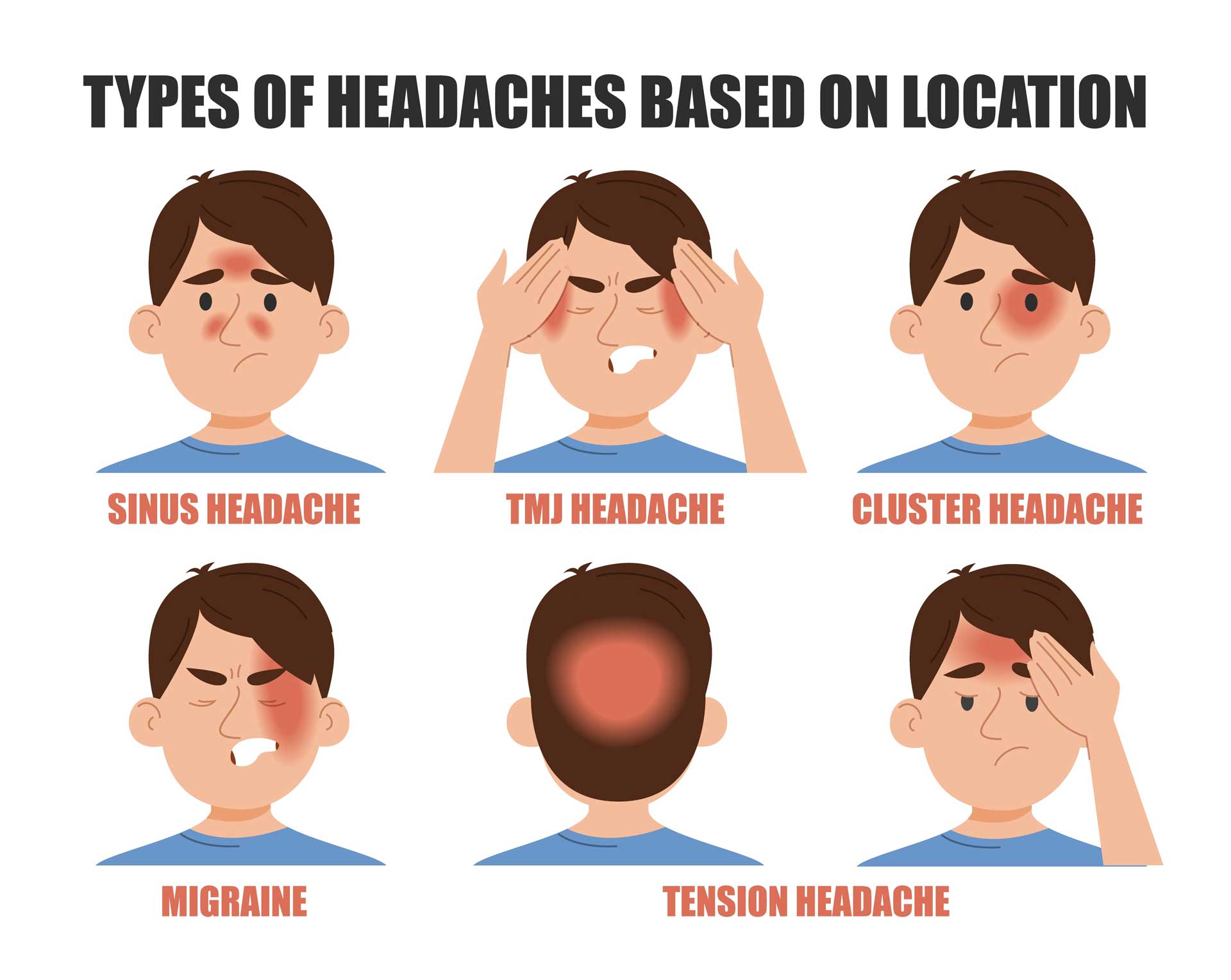What are the symptoms of silent sinus syndrome?
Silent sinus syndrome is characterized by a range of symptoms related to sinus issues that can develop gradually and often go unnoticed until they become more severe. Common symptoms include:
- Facial Pain or Pressure: There may be discomfort or pressure around the eyes or cheeks, often worsening with changes in position or activity.
- Nasal Congestion: A feeling of stuffiness or blockage in the nasal passages without noticeable discharge.
- Sinus Headache: Pain or aching in the forehead, around the eyes, or on the sides of the face.
- Decreased Sense of Smell and Taste: A reduced ability to smell or taste.
- Swelling or Puffy Eyes: The area around the eyes may appear swollen or puffy.
- Eye Symptoms: This can include symptoms like double vision or changes in vision, though these are less common.
Since the condition often progresses slowly and the symptoms might be mild or atypical, it can sometimes go undiagnosed until more significant issues arise. If you experience any of these symptoms, especially if they worsen or persist, it’s advisable to consult a healthcare provider for a thorough evaluation and appropriate treatment.
What are the causes of silent sinus syndrome?
Silent sinus syndrome is typically caused by an obstruction or blockage of the sinus drainage pathways, leading to the gradual collapse of the sinus cavity. The underlying causes can include:
- Chronic Sinusitis: Long-term inflammation of the sinuses can lead to blockage of the sinus openings.
- Sinus Blockage or Infection: Acute or chronic infections can cause swelling and obstruction of the sinus passages.
- Allergies: Allergic reactions can lead to swelling and blockage of the sinuses.
- Nasal Polyps: Noncancerous growths in the nasal passages or sinuses can obstruct drainage pathways.
- Structural Abnormalities: Anatomical issues such as a deviated septum or other nasal structural issues can obstruct sinus drainage.
- Trauma or Injury: Physical injury to the face or nose can lead to changes in sinus drainage and contribute to the syndrome.
These factors can cause the sinuses to become blocked, leading to negative pressure and gradual collapse of the sinus walls.
What is the treatment for silent sinus syndrome?
Treatment for silent sinus syndrome primarily focuses on addressing the underlying causes and alleviating symptoms. Approaches typically include:
- Medications: Corticosteroids, antihistamines, and decongestants can reduce inflammation and alleviate symptoms related to sinusitis or allergies.
- Nasal Irrigation: Using saline nasal sprays or rinses helps to keep the nasal passages clear and reduce congestion.
- Surgery: In cases where there is significant sinus blockage or structural issues, surgical intervention may be necessary. This can involve procedures to remove nasal polyps, repair a deviated septum, or improve sinus drainage.
- Treatment of Underlying Conditions: Managing any contributing factors such as chronic sinusitis, nasal allergies, or infections is crucial. Antibiotics may be prescribed if there is an associated bacterial infection.
Consultation with an ENT specialist is often recommended to determine the most appropriate treatment based on individual symptoms and underlying causes.

Leave a Reply
You must be logged in to post a comment.